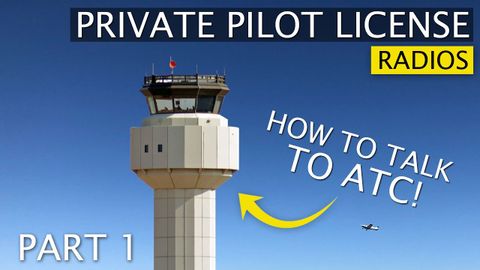
字幕與單字
無線電基礎知識|空管通訊|第一部分 (Talking to Air Traffic Control | Radio Basics | ATC Communications | Part 1)
00
kevinspy1127 發佈於 2021 年 01 月 14 日收藏
影片單字
straight
US /stret/
・
UK /streɪt/
- adj.異性戀者;異性戀的;率直的;立刻的;直的;整齊的
- adv.筆直地;立刻地;誠實地;直接地;立即
- n.異性戀者
- v.t./i.弄直
A2 初級多益初級英檢
更多 使用能量
解鎖所有單字
解鎖發音、解釋及篩選功能
